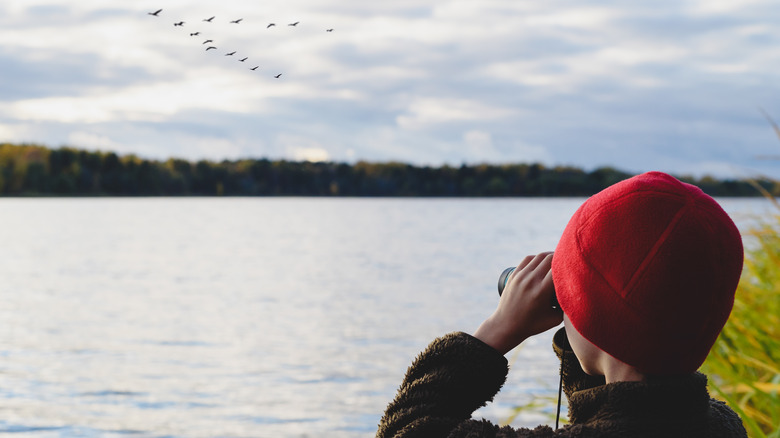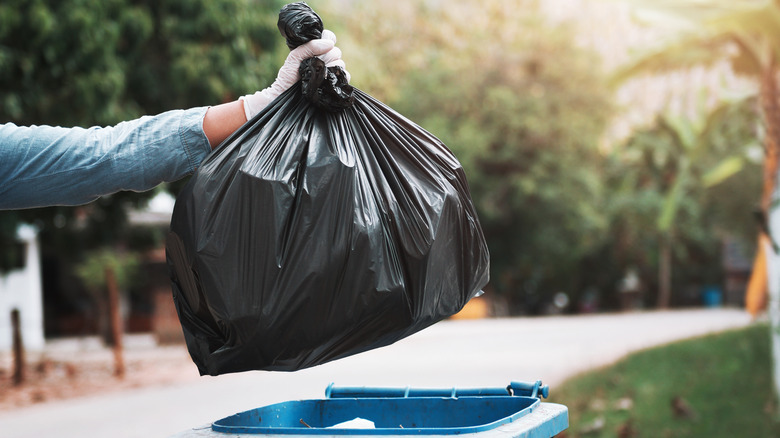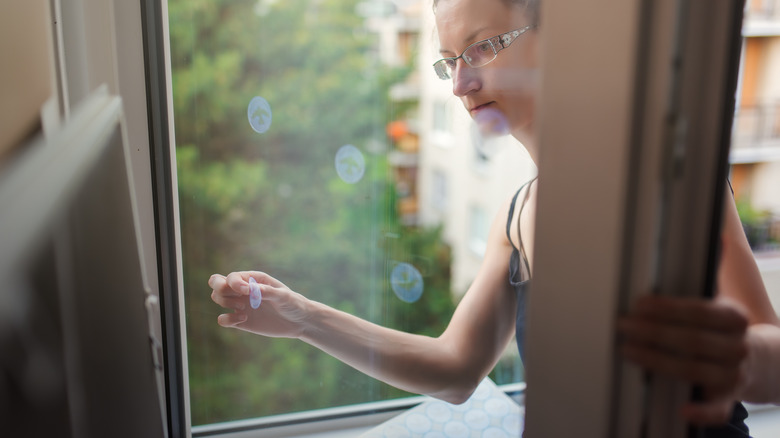What Can You Do When You See A Dead Bird On Your Lawn?
Finding a dead bird is an unsettling experience, often evoking deep emotions and superstitions in cultures and often considered an omen. But beyond these cultural interpretations, from a practical standpoint, it's crucial to handle this situation with care and knowledge. Depending on the circumstances, you will want to consider these steps in this order: assessment of the bird, safety and precautions, removal of the bird, clean up, and future prevention. Let's break these stages down in detail.
Stage one is the assessment of the bird. Upon finding a seemingly lifeless bird on your lawn, the first instinct might be to determine its state. Is it dead, or could it be just stunned? Carefully approach the bird, observing signs of life, such as subtle chest movements indicating breathing, slight twitches, or even a blink. For a more definite check, a gentle prod with a nearby stick can be used to slightly roll or lift the bird, gauging any response from it. If there's even a faint indication of life and the bird is in a vulnerable spot, consider relocating it to a shaded, safe location while ensuring minimal direct contact, preferably using gloves. Should the bird prove to be alive but incapacitated, contact a local wildlife rehabilitator.
Once the bird is confirmed dead, take a quick glance at the bird's surroundings to determine the possible cause of death, like a window strike, predator, severe weather, or other. Now the preparations for removal and subsequent clean-up can be made.
Preparations and disposal of the dead bird
The next essential step is ensuring safety and taking necessary precautions. Like all creatures, birds can be carriers of various diseases, some of which can be transmitted to humans upon contact. Therefore, it's crucial to approach this task equipped with the right tools and an understanding of the risks involved. Before initiating the removal, ensure all necessary equipment is within arm's reach.
Disposable gloves are paramount; these should be worn at all times during the process. While gardening gloves might be the first choice for outdoor tasks, their porous material and frequent reuse can make them a hotspot for contamination. Although the gloves can facilitate direct bird handling, it's safest to use a tool for added distance and safety, like a shovel or rake. This added layer of protection ensures minimal chances of any accidental contact, even with the gloves on. Remember, after the bird's removal, the gloves should be disposed of, avoiding touching other surfaces or objects during the process.
Finally, wrapping and containment are the concluding steps. An old newspaper or a large cloth can wrap the bird securely. This wrapping acts as a barrier, further minimizing the potential spread of pathogens. Once wrapped, place the bird in a plastic bag, tie it off, and properly dispose of it in a covered garbage container out of reach for kids, pets, and other animals. Safety and caution are essential in these situations, ensuring the well-being of the individual and the broader environment.
Clean up and future prevention
Post the removal of the bird, it's essential to ensure that the area is thoroughly cleaned to prevent any possible spread of bacteria or disease. Consider disinfecting the area with an appropriate disinfectant if the bird was found on a hard surface. For grass or soil, the sun's UV rays act as one of the best disinfectants, according to a 2014 study published in the Israel Medical Association journal, but remove bird droppings or other residues, such as blood. Especially with pets, it's best to remove that patch of soil where the dead bird had laid. Always wash your hands thoroughly after handling any related materials.
Future prevention is crucial to avoid similar situations. If window strikes are a frequent cause, consider making windows more bird-friendly using reflective decals or hanging ribbons. If you provide food for birds, ensure bird feeders are clean and free from mold or contaminants. Furthermore, regularly inspect your lawn or garden for potential hazards, such as toxins or poisonous plants, which may harm the birds.
Although rare, encountering a deceased bird is an experience none of us ever have to deal with. While the event might hold different meanings for different cultures, from a practical standpoint, it means one thing: the bird must be disposed of to ensure the safety of the environment and oneself. We can respect the bird's life and protect our surroundings through proper assessment, safety measures, and preventative actions. May all birds found passed on our lawn rest in peace.


